A solid cube is placed on a horizontal surface. The coefficient of friction between them is μ=0.25. A variable horizontal force is applied on the cube’s upper face, perpendicular to one edge and passing through the mid-point of edge, as shown in figure. The maximum acceleration with which it can move without toppling is (take g=10m/s2 )
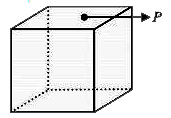
The correct Answer is:5
μmg×(l/2)+P×(l/2)=mg(l/2)
P=mg−μmgandP−μmg=ma
hence a=g(1−2μ)=5
Topper's Solved these Questions
- JEE MAIN REVISION TEST - 1 | JEE - 2020 BOOK - VMC MODULES ENGLISHCHAPTER - JEE MAIN REVISION TEST - 1 | JEE - 2020 EXERCISE - PHYSICS ( SECTION 2)
5 Videos
- JEE MAIN REVISION TEST - 1 (2020)BOOK - VMC MODULES ENGLISHCHAPTER - JEE MAIN REVISION TEST - 1 (2020)EXERCISE - PHYSICS - SECTION 2
5 Videos
- JEE MAIN REVISION TEST - 10| JEE -2020BOOK - VMC MODULES ENGLISHCHAPTER - JEE MAIN REVISION TEST - 10| JEE -2020EXERCISE - PHYSICS (SECTION 2)
5 Videos
Similar Questions
A thin uniform spherical shell of mass m=2kg and radius R=10cm is placed on a rough horizontal surface with a coefficient of friction μ=0.4. A horizontal force 'F' is applied to the spherical shell at a height R/3 ablove the centre as shown. The maximum magnitude of the applied force 'F' for which the spherical shell will be rolling without slipping is (taking g=10m/a2 )
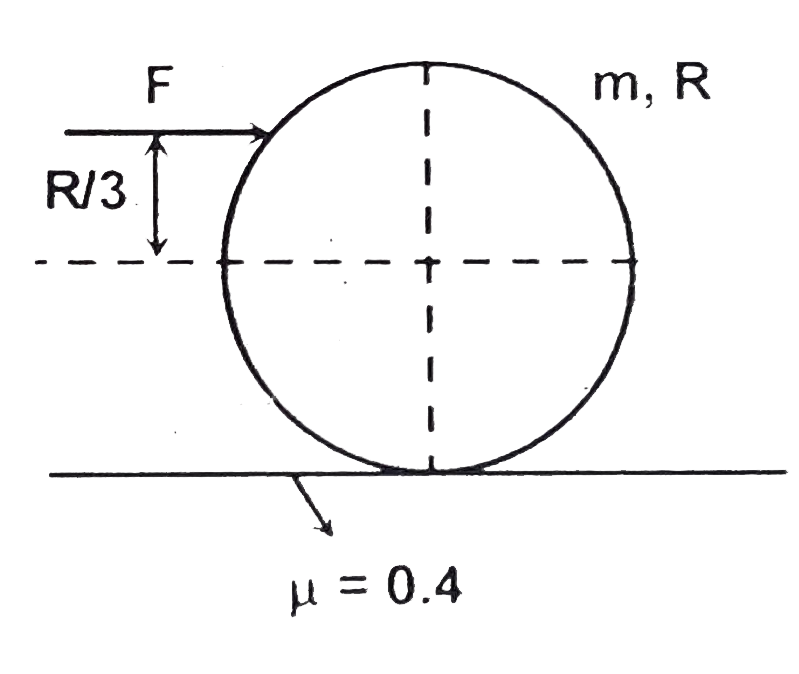
View SolutionA 3 kg block is placed over a 10 kg block and both are palced on a smooth horizontal surface. The coefficient of friction between the block is 0.2 . If a horizontal force of 20 N is applied to 3 kg block, accelerations of the two block in ms−2 are (take, g=ms−2)

View SolutionA block of mass m=5kg is resting on a rough horizontal surface for which the coefficient of friction is 0.2 . When a force F=40N is applied, the acceleration of the block will be (g=10m/s2) .
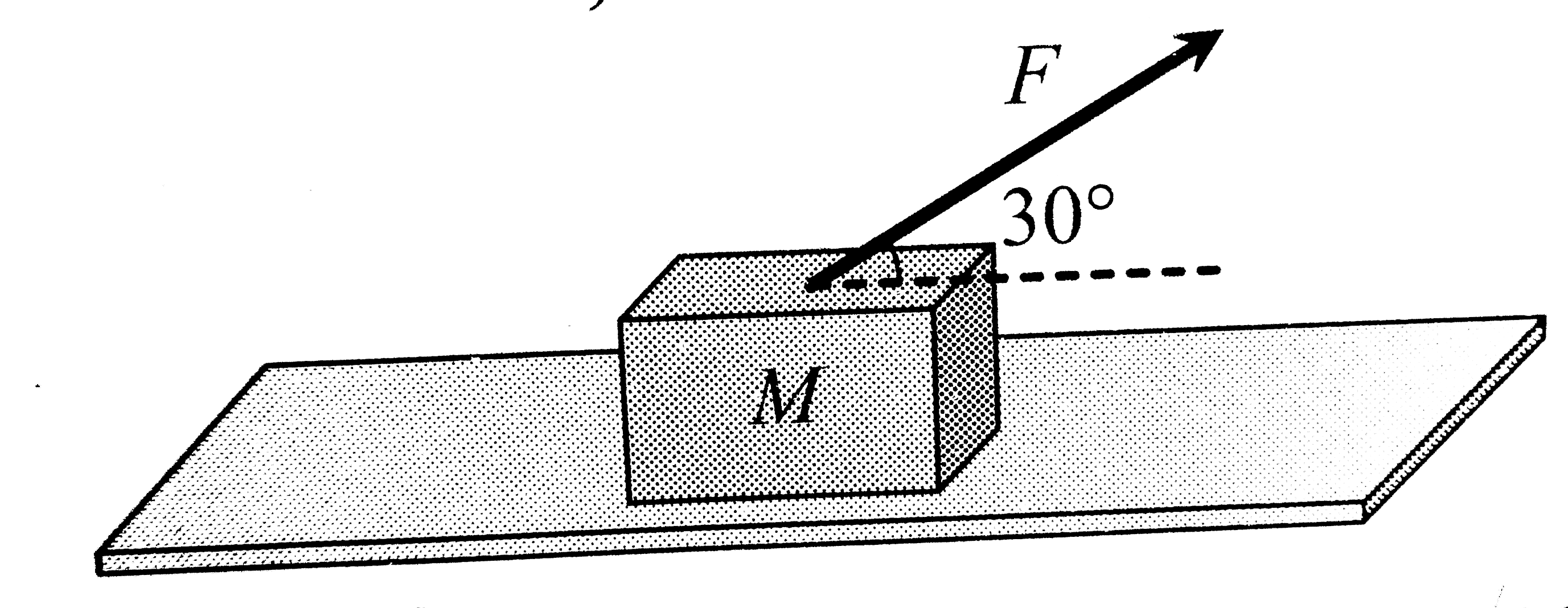
View SolutionA 2kg block is placed over a 5kg block and both are placed on a smooth horizontal surface. The coefficient of friction between the blocks is 0.10. Find the acceleration of the two blocks if a horizontal force of 14N is applied to the upper block (g = 10ms−2).
View SolutionA block is projected with speed 20 m/s on a rough horizontal surface. The coefficient of friction (μ) between the surface varies with time (t) as shown in figure. The speed of body at the end of 4 second will be (g=10m/s2)
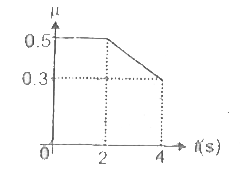
View SolutionA block of mass 5 kg is placed on a rough horizontal plane . The coefficients of stastic and kinetic friction between the block and surface are 0⋅5and0⋅3 respectively. A force of 100 N is applied at an angle 30∘ with the horizontal as shown in the figure . The acceleration of the block will be [ g = 10m/s2]
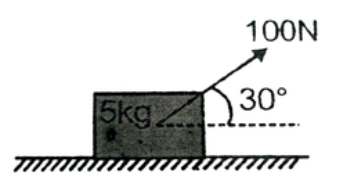
View SolutionA cubical block of edge length 1 m and density 800 kg m−3 rests on a rough horizontal surface with coefficient of friction μ. A horizontal force F is applied on the block as shown in figure. If the coefficient of friction is sufficiently large so that the block does not slide bofore toppling, then the minimum value of F to topple the block is [Take g = 10 ms−2]
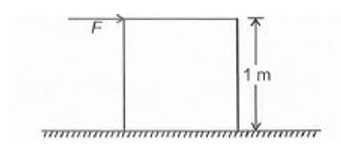
View SolutionA bolck of mass m =2 kg is placed on a plank of mass M = 10 kg, which is placed on a smooth horizontal plane as shown in the figure. The coefficient of friction between the block and the plank is μ=13. If a horizontal force F is applied on the plank, then the maximum value of F for which the block and the plank move together is (g=10m/s2)

View SolutionA heavy box of mass 20 kg is placed on a horizontal surface . If coefficient of kinetic friction between the box and the horizontal surface is 0.25, calculate the force of kinetic friction Also calculate acceleration produced under a force of 98 N applied horizontally ?
View SolutionA block of mass 1 kg lies on a horizontal surface in a truck. The coefficient of static friction between the block and the surface is 0.6. If the acceleration of the truck is 5m/s2, the frictional force acting on the block is…………newtons.
View Solution